Retro-commissioning: The smart second chance for UK buildings

In the world of building services, first impressions matter, but what about second chances? Tony Anderson, CTO at the Commissioning Specialists Association, explains why retro-commissioning (RCx) is an important process that all building owners should consider during the lifecycle of their building.
Retro-commissioning itself doesn’t have specific UK guidance for non-residential buildings
so the process, its application and its benefits are often unknown, or misunderstood. Let’s take the opportunity to look into the process a little deeper.
What is retro-commissioning?
Retro-commissioning should be an expert-led, systematic review and optimisation of an existing building’s systems. This should look at HVAC, lighting control and building management system (BMS) controls with the aim of restoring performance, cutting waste and boosting occupant wellbeing. Imagine this, you place your building through a fitness training programme, inefficiencies are identified, the weak spots strengthened and
at the end of the programme it comes back performing like an athlete at the top of their game. That is what retro-commissioning aims to do for a building.
Modern buildings, especially those that have not been properly commissioned, or those where systems have slowly drifted away from set-points over time, can quietly become
inefficient. Issues as simple as miscalibrated sensors or pressure set-points that have floated from commissioned values leave fans and pumps needlessly wasting energy. RCx identifies these issues, fixes the problems and realigns set-points enabling systems to work
efficiently and harmoniously once more.
How does it work?
A retro-commissioning project usually includes four main phases, from Planning through to the Handover Phase.
Typical Retro-Commissioning Process Overview Chart
Often the commissioning lead on a project is assigned to a competent Commissioning Manager to either follow or help develop the Retro-Commissioning Plan and Implementation Plan and lead the process throughout the four stages. As with the initial stages of a standard commissioning project, the whole RCx process should start at the planning stage.
Retro-commissioning process phases in detai
- Planning phase
The RCx team should be identified and appointed including the commissioning lead. An initial site and system walkdown should follow, collating all ‘as found’ commissioning parameters and obvious issues. The team should then develop the RCx Plan. With the team appointed, the plan created and all commissioning parameters known the initial RCx Project Team meeting can be held.
- Investigation and benchmarking phase
The next phase involves the specialist engineers fully surveying the building, gathering operational data and interviewing occupants. This is likely to involve multiple RCx team members over a number of days, weeks or months. Issues such as redundant schedules, sensor faults or unbalanced airflows are identified.
Minor repairs can occur at this stage. For example, a pressure sensor has become dislodged from ductwork, is reinstated and secured in place with new fixings. A full list of issues and repairs are collated and each item prioritised.

- Implementation and verification phase
Develop an Implementation Plan. Typically, the simple, low cost fixes are actioned first (recalibrating controls, updating setpoints, repairing minor duct leaks etc). Longer or more complex upgrades (dependent on cost vs. budget) may be performed last or perhaps under separate retrofitting requirements.
- Verification and handover phase
Detailed records of works and outcomes are compiled, this allows a RCx final report to be created. All setting changes are recorded following building facilities management (FM) team protocols (change control register etc, BUG, etc). Training is then created for key building personnel, for example building operators or the FM team receives training so all optimised performances are maintained. The final act is to hold a close-out meeting to discuss all items.
Key retro-commissioning benefits beyond cost savings
Cost savings make headlines, but the ripple effects of successfully retro-commissioning projects run deeper:
• Enhanced occupant comfort: Fewer ‘hot/cold’ complaints, better indoor air quality and reduced staff absenteeism.
• Extended equipment life: By decreasing the strain on mechanical systems, breakdowns are minimised and expensive replacements postponed.
• Compliance and sustainability: RCx helps hit energy efficiency targets, lower emissions and future-proofs assets for evolving regulations and Net Zero goals.
Myths and misunderstandings
“Retro-commissioning is just for big, old buildings.” Not true. Any building with a mechanical system can benefit from this, from 1980s offices to 2020s academies, savings can be proportionate to inefficiencies found.
“It’s only energy savings.” While energy is the headline, RCx also addresses maintenance headaches, comfort grievances and compliance needs, so delivering value across departments.
“It disrupts daily operations.” Most RCx interventions are non-invasive and scheduled to avoid major disruption. In many cases, fixes are so simple, like a tweak to a control set-point via the BMS headend, that changes made are invisible to occupants. Even minor in the field adjustments are often performed out of hours to minimise any impact to staff.
So, is retro-commissioning worth it? With the cost and complexity of energy in sharp focus, retro-commissioning stands out because its impact is both significant and affordable.
Whether improving a university campus, an NHS facility or a city-centre office, RCx is about maximising current assets – not replacing them. And in a market where sustainability and operational excellence are now business-critical, this ‘second chance’ is as timely as ever.
While every building’s story is different, the message in 2025 is clear: The best time to commission a building is during RIBA Stages 5 through 7. The second-best time is NOW.







